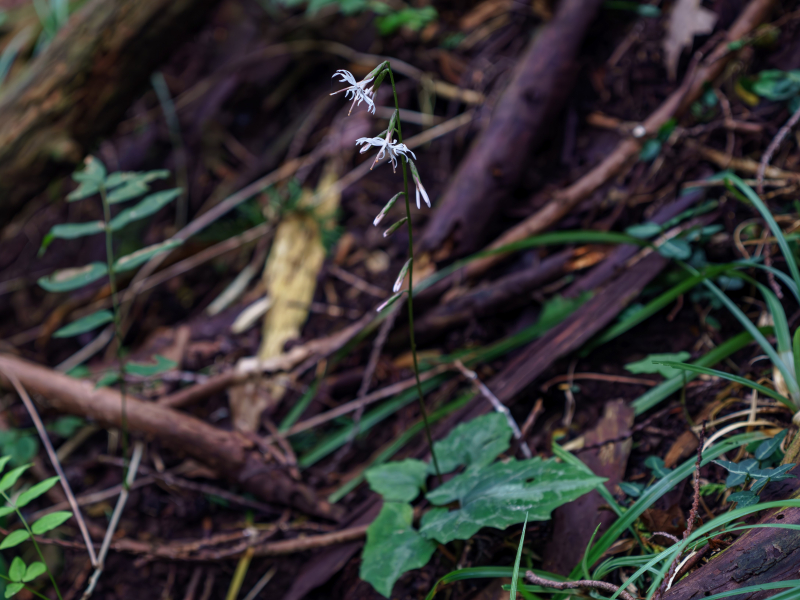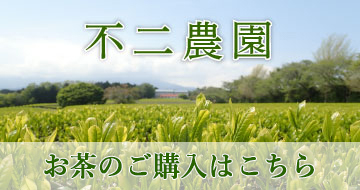フィールド日記
2025.12.02
ナルコユリ
ナルコユリの実がなっています。草地や林内に見られるクサスギカズラ科の多年草です。花は5~6月ごろに葉の付け根から数個ずつ垂れ下がって咲きます。
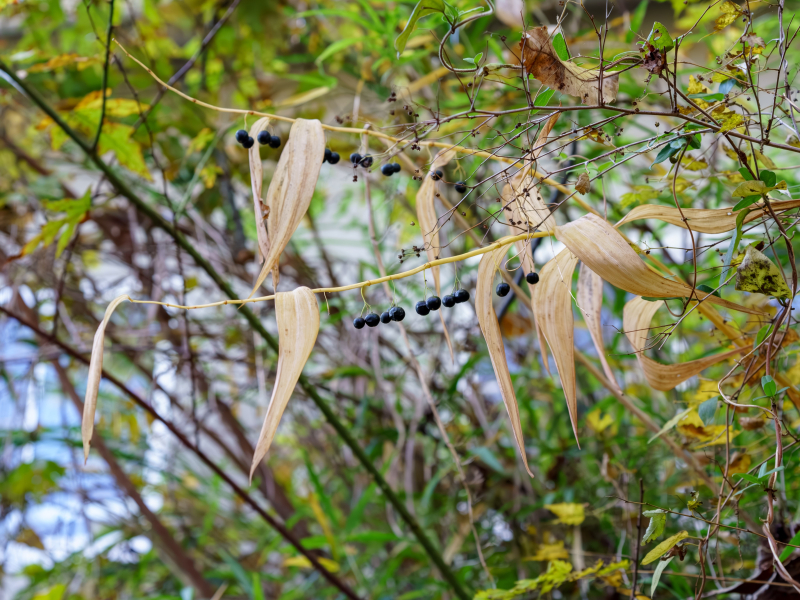
2025.11.28
スッポンタケ
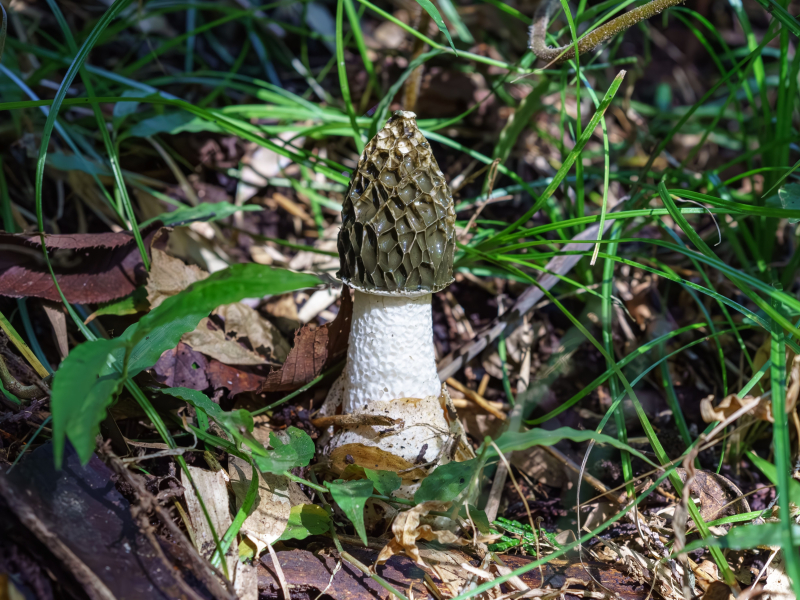
2025.11.25
コウヤボウキ
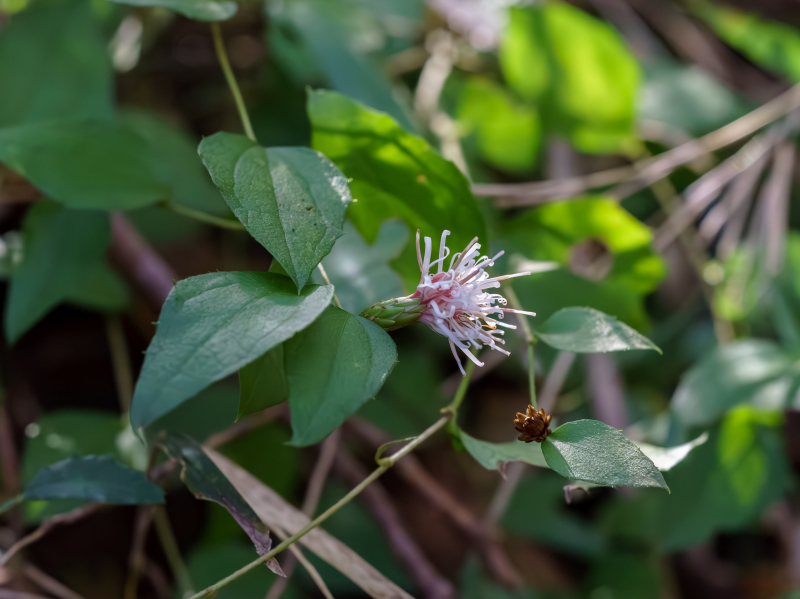
2025.11.21
センブリ
センブリが咲いています。日当たりのよい草地に生えるリンドウ科の越年草です。全草に苦みがあり、胃腸薬として知られています。和名は湯の中で千回振り出してもまだ苦み成分が出るほど苦みが強いことに由来します。
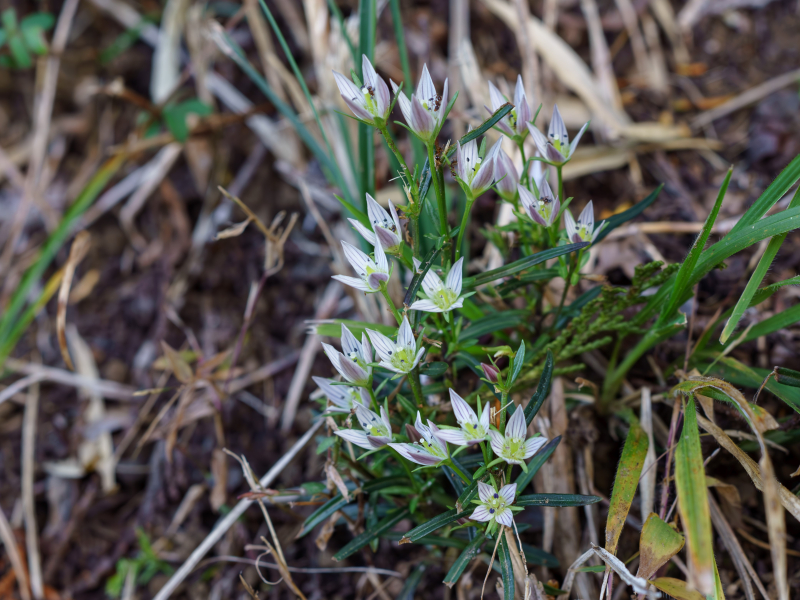
2025.11.18
コチヂミザサ
コチヂミザサが咲いています。林内など日陰に見られるイネ科の多年草です。和名のチヂミザサは葉がササの葉に似ていて、波打っていることに由来します。全体に毛が多いものをケチヂミザサと呼ぶのに対し、毛の少ないものをコチヂミザサと呼んでいます。
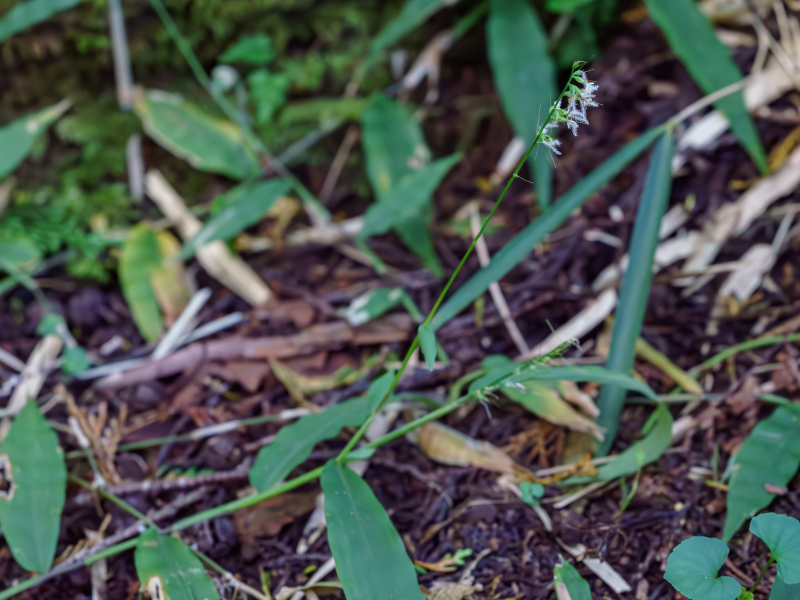
“Ko-Chidimizasa” plants are in bloom. They are perennial plants in the Poaceae family that grow in shady places such as forest understories. The name “Chidimizasa” comes from the wavy appearance of their leaves, which resemble those of Sasa plants. The hairier variety is called "Ke-Chidimizasa," while the less hairy one is known as "Ko-Chidimizasa".
2025.11.14
アキグミ
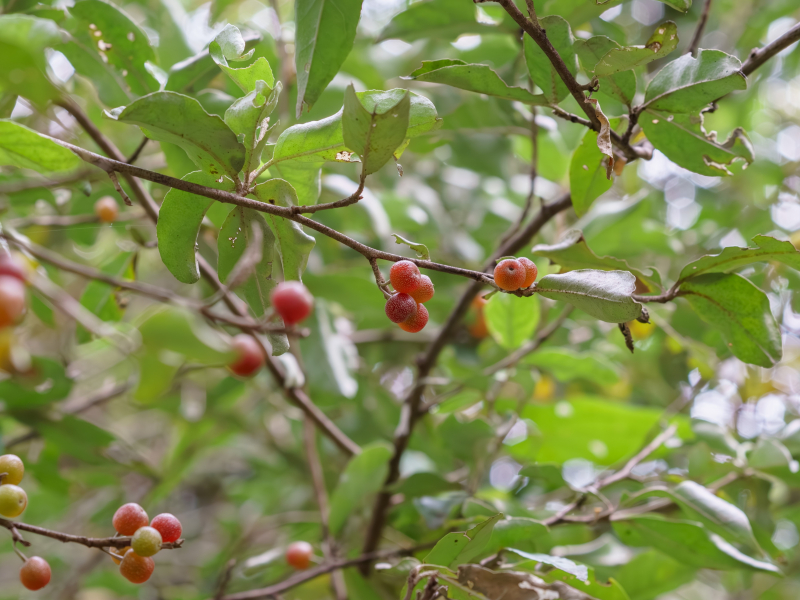
2025.11.11
アリタソウ
アリタソウが咲いています。南アメリカ原産のヒユ科の一年草です。日本各地に帰化し、道端などで普通に見られます。全体に独特な臭いがあります。

2025.11.07
ヤマハッカ
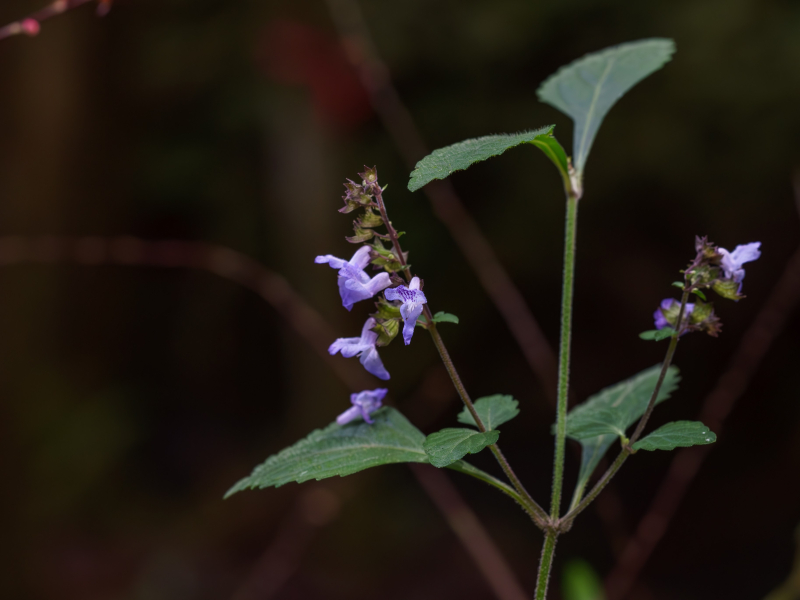
2025.11.04
クサギ
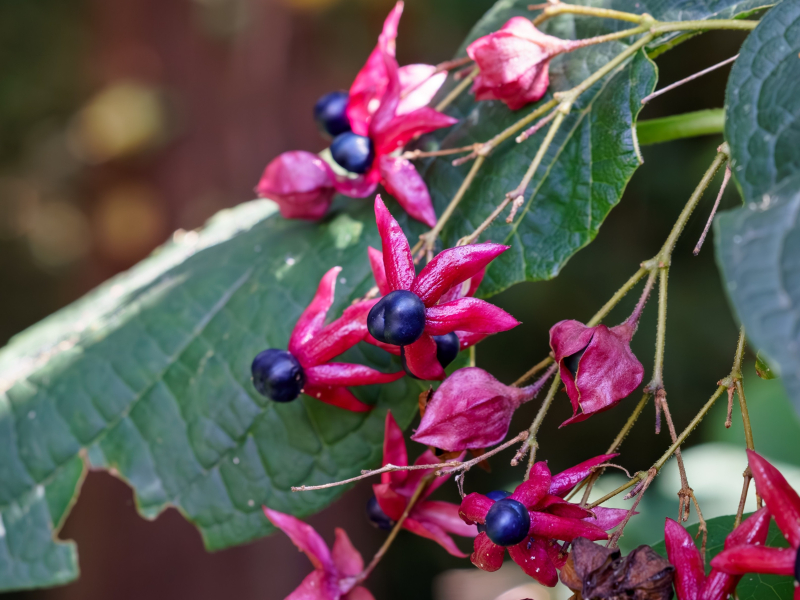
- 1 / 210
- »


